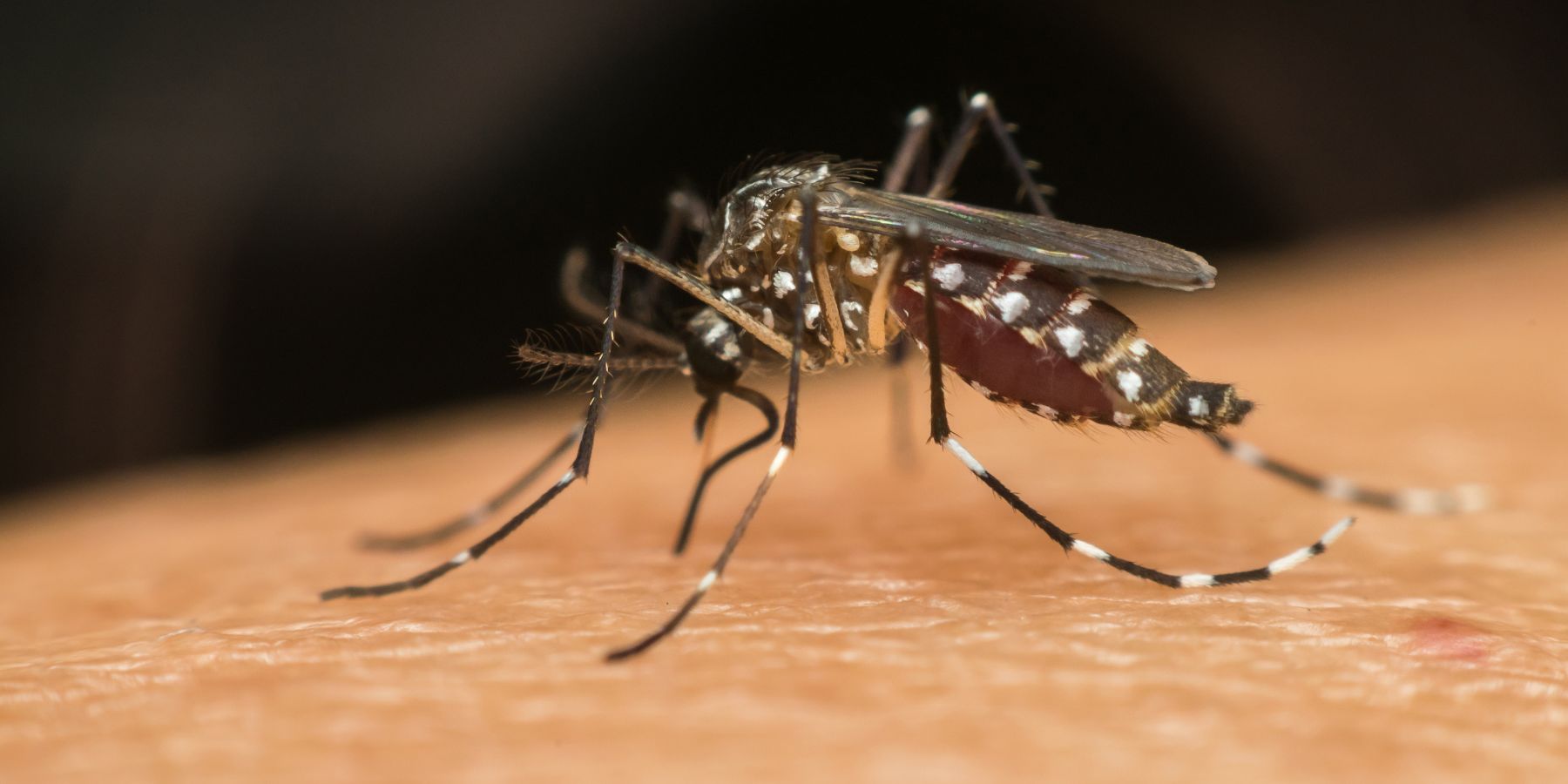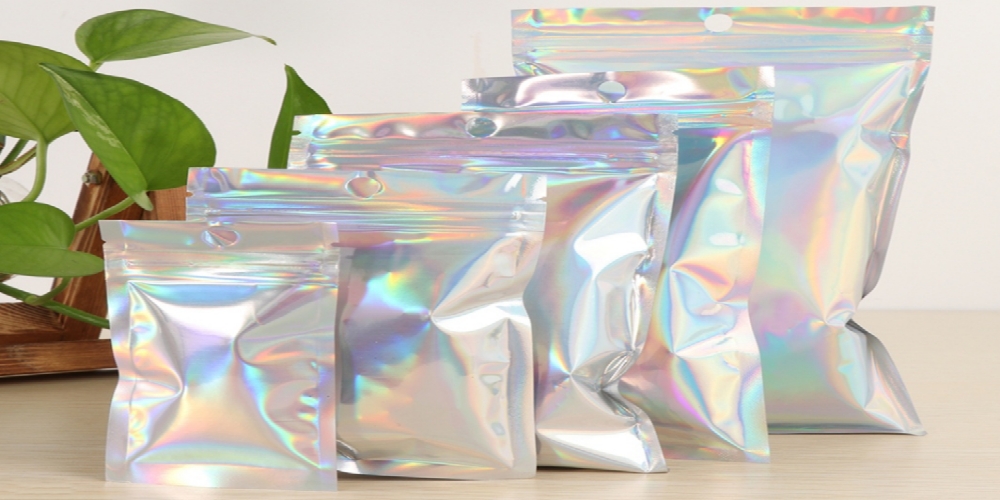Mosquitoes are more than just a nuisance; their bites can be itchy and sometimes transmit diseases. To better protect ourselves, it’s crucial to understand when mosquitoes are most active. This knowledge can help us take preventive measures at the right times.
Understanding Mosquito Behavior
Mosquitoes, small flying insects known for their biting habit, have activity patterns influenced by various factors. Let’s delve into these factors to better anticipate and manage their presence.
Temperature and Mosquito Activity
Temperature plays a significant role in mosquito behavior. Most species are most active when temperatures are above 50°F (10°C). They thrive in warm environments and are less active in colder conditions.
Time of Day: Peak Mosquito Hours
Different species of mosquitoes have varying times of the day when they are most active. Understanding these times can help in planning outdoor activities and implementing preventive measures more effectively.
Dawn and Dusk: Many mosquitoes are most active during these times. They prefer the cooler and less windy conditions of early morning and evening.
Nighttime: Some species, especially those known for carrying diseases like malaria, are more active at night.
Daytime: Some species are active during the day, particularly in shaded areas.
Environmental Factors Influencing Mosquito Activity
Environmental conditions play a crucial role in determining mosquito activity. These conditions can either encourage or discourage their presence in a certain area.
Light Conditions
Mosquitoes are generally less active in bright sunlight. They tend to avoid direct sunlight because it can dehydrate them.
Humidity and Rainfall
Mosquitoes need water to breed, so they are often more active in humid conditions and after rainfall. Standing water provides an ideal environment for laying eggs.
Wind Speed
Mosquitoes are weak fliers. Windy conditions can hinder their ability to fly, reducing their activity significantly.
Preventive Measures and Protection
Understanding when mosquitoes are most active allows us to take effective preventive measures. Let’s look at how we can protect ourselves both personally and in our homes.
Personal Protection
Use Insect Repellent: Apply EPA-approved repellents to exposed skin.
Wear Appropriate Clothing: Long sleeves and pants can provide a physical barrier against bites.
Avoid Peak Times: If possible, stay indoors during dawn, dusk, and nighttime hours when mosquito activity is highest.
Home and Environment
Eliminate Standing Water: Remove sources of standing water where mosquitoes can breed.
Use Screens and Nets: Install screens on windows and doors. Use mosquito nets over beds if necessary.
Outdoor Fans: Fans can help disperse mosquitoes, taking advantage of their weak flying ability.
Mosquito Control in the Community
Community involvement and local government initiatives play a vital role in controlling mosquito populations. Here are some ways communities can contribute to mosquito control.
Local Government Initiatives
Many local governments implement mosquito control programs that include spraying insecticides and larvicides. Public awareness campaigns also help communities understand and participate in mosquito control.
Community Participation
Community efforts, like cleaning up trash that can collect water or organizing local clean-ups of public spaces, can significantly reduce mosquito breeding grounds.
Conclusion
Mosquitoes’ activity patterns are influenced by temperature, time of day, light conditions, humidity, and wind speed. Understanding these factors can help us take appropriate measures to protect ourselves and our communities from mosquito bites and the diseases they may carry.
By being proactive and working together, we can create environments that are less favorable for mosquitoes and safer for us all.










